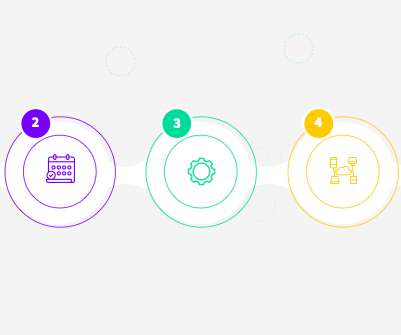Project Artifacts and How to Use Them
Rebel’s Guide to PM
JULY 20, 2023
The 9 types of artifacts There are 9 types of artifacts, and every project management document or thing you create falls into one of these categories (not least because the last one is a giant bucket for everything else, as you’ll see). OK, let’s get to it: here’s the list of project management artifacts.














Let's personalize your content